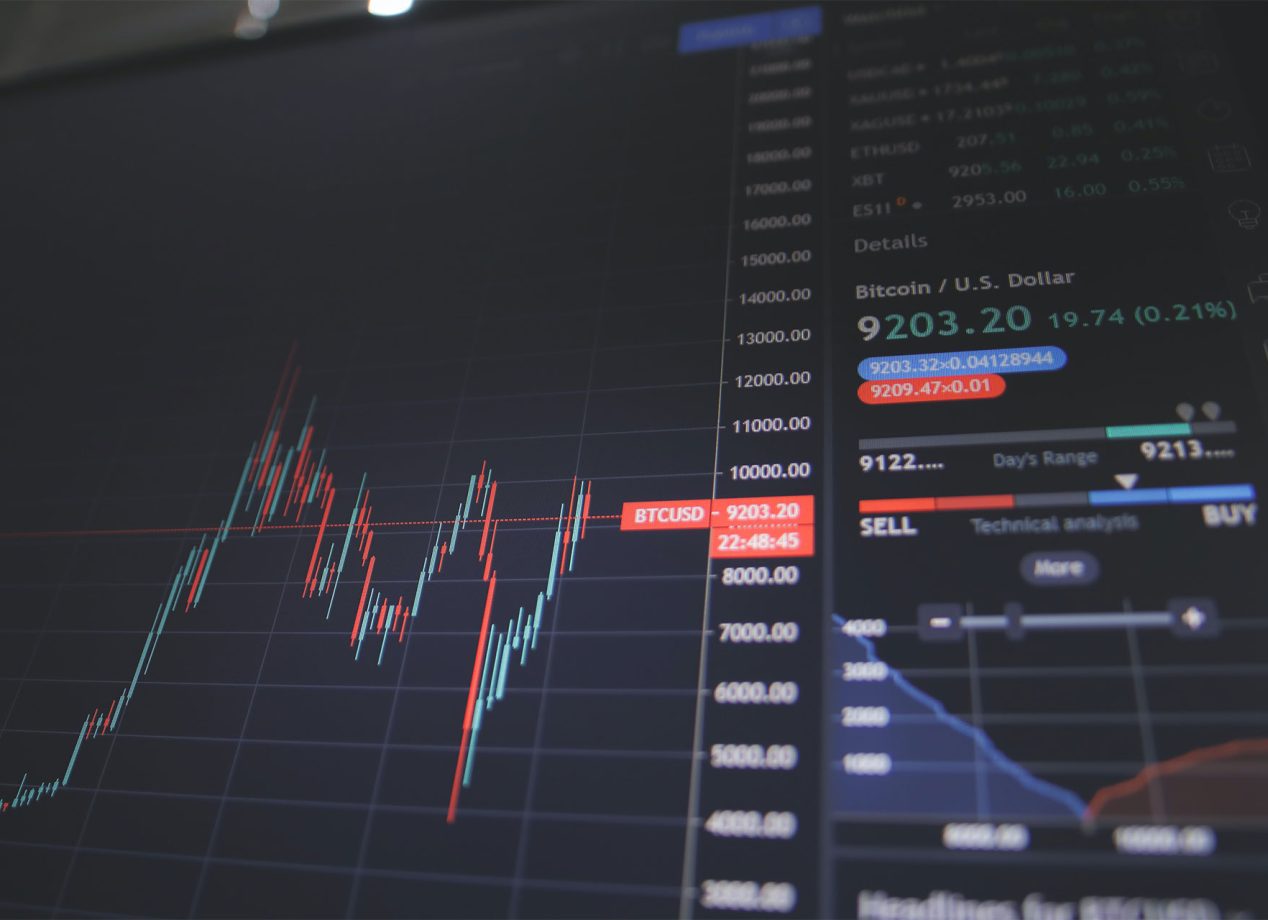Gamification is transforming education across industries, and the art market is no exception. David Bellingham, Program Director of the MA in Art Business at Sotheby’s Institute of Art-London, discusses how interactive learning tools like ArtTactic’s Forecaster game provide students with real-world insights into financial value in the art world.
Gamification is becoming an increasingly popular educational tool. How does it apply to the art market?
MA Art Business students at Sotheby’s Institute of Art–London are taught how to navigate art market databases. They learn to apply their knowledge of global art markets, gained through the programme, to assess the financial and cultural value of artists and sectors. Assignments in the MA Art Business program employ gamification to create academic analyses of real art market scenarios such as creating investment portfolios or curated art collections.
What role does financial value play in understanding the art market, and how does the Forecaster game help Sotheby’s Institute of Art MA in Art Business students engage with it?
Being able to analyse and discuss financial value and its relationship to cultural value is essential for an understanding of the art market. The Master's program uses ArtForecaster as an optional extracurricular gamification activity to create extra understanding of these values for students aiming to work in auction houses or commercial galleries.
How is ArtTactic’s Forecaster game integrated into the MA in Art Business curriculum?
In the second semester, students are ready to participate in the ArtForecaster game, having spent the first semester studying global art markets and gaining the necessary background.
ArtForecaster quizzes present five to ten works from upcoming auctions, accompanied by links to catalogue entries and recent auction results for selected artists. Students are asked to predict final hammer prices in relation to official estimates. Through this, they discover the unpredictability of auctions while learning how to refine their valuations using both their acquired knowledge and the art market databases provided in the program. Notably, alumna Lindsay Dewar, who now works for ArtTactic, helps run the ArtForecaster competition, providing students with a direct connection to professionals shaping the field.
What skills do students develop by participating in the game, and how do these skills translate into real-world careers?
The competencies developed during the assessed gamifications of the art market as well as the extracurricular ArtForecaster option are viewed by future employers of our students as highly desirable.
Can you share examples of how past students have applied insights from Forecaster in their careers?
An alumnus has created a subscription internet platform partly incorporating AI to develop a valuation system for artists and their works. Their experience of ArtForecaster encouraged them to adopt AI valuation systems for more accurate valuations.
Other students working in auction houses and commercial galleries need to understand these value systems when consigned works for resale. Participants who become art advisors also need this understanding and skills to rationalise prices to their collector clients.
How does this extracurricular activity reflect the real-world dynamics of auctions and the broader art market?
The fact that auction specialists, collectors, and dealers also play ArtForecaster—just like our students—says it all!
How does the MA in Art Business balance traditional and interactive learning to enhance the educational experience?
The MA in Art Business program blends traditional assessments, such as academic essays, with gamified projects like fictional business plans, investment portfolios, and curated collections. This ensures that graduates are equipped with both critical thinking and practical skills, which are equally valued by art world employers.
How has technology changed the way students and professionals engage with art market data and financial forecasting?
When the program first started in 1998 there was little art market transparency. A work might fail to sell in New York and then be offered again for sale six months later in London, without anyone knowing about the failure to sell in New York. The digital revolution has led to the creation of art market databases which are accessible to anyone anywhere who is willing to pay the subscription fee at the click of a key. This has led to increased transparency in understanding art auction sales although private treaty sales remain opaque.
What advice would you give to prospective students interested in developing expertise in art finance and market analysis?
Definitely engage in the ArtForecaster game!
Photo by Nick Chong on Unsplash
